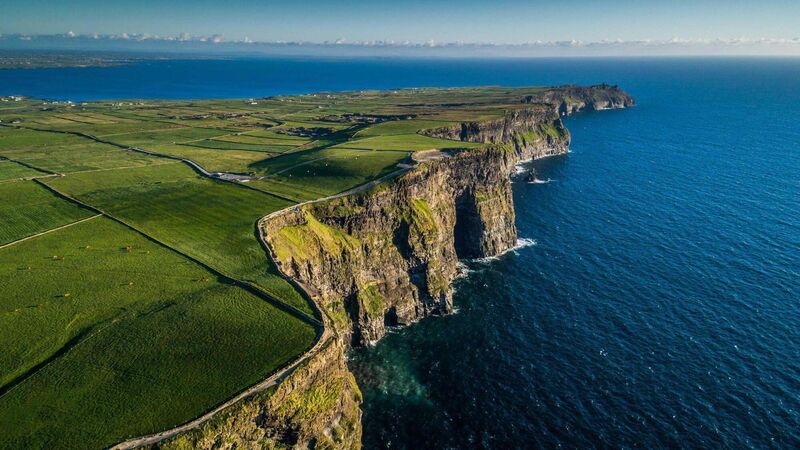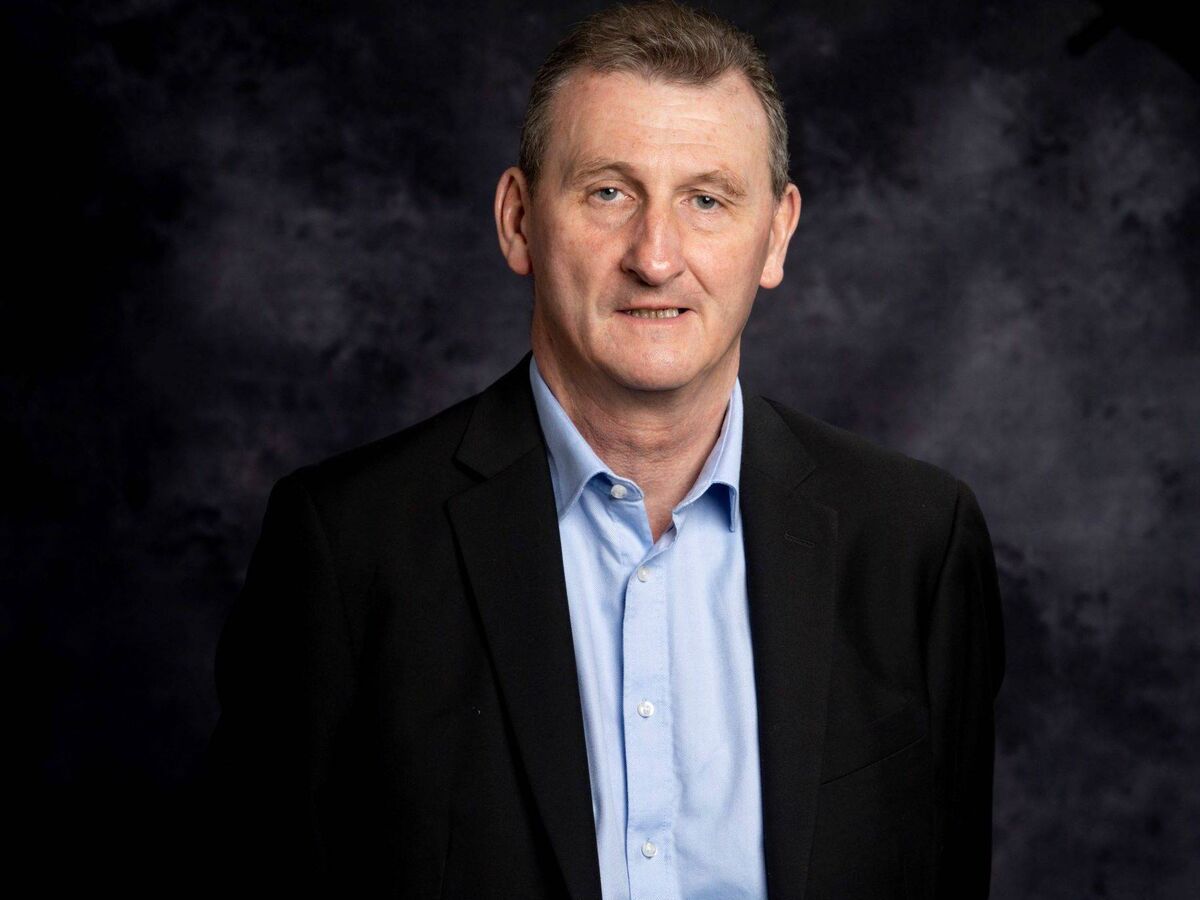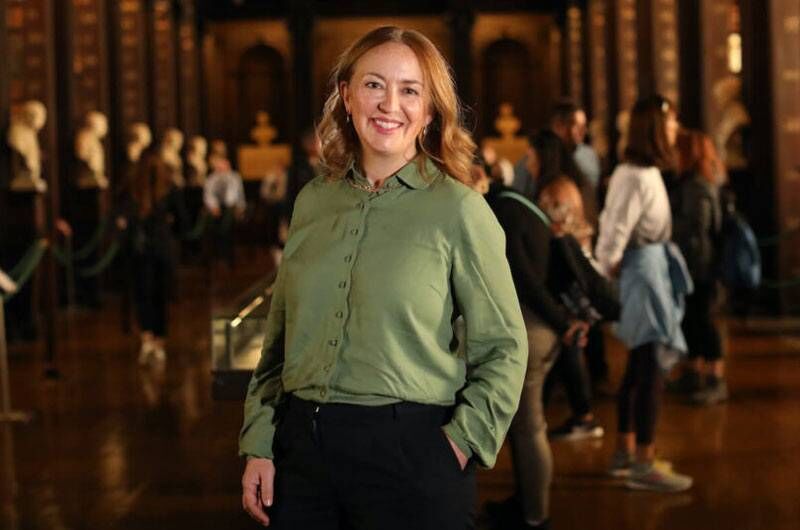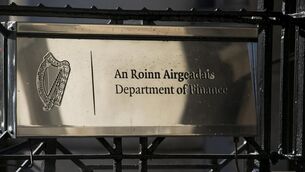The Cliffs of Moher project that could change how Ireland welcomes the world

The groundbreaking visitor dashboard created by the National Centre for Tourism Policy Studies is focused on the Cliffs of Moher but could be used by other Irish destinations to tailor their offer with real-time consumer information.
In a changing world, every Irish business is trying to do more to meet the needs of its customers. Irish tourism knows that more than most.

A groundbreaking tourism ‘dashboard’ created by researchers at the University of Limerick gives real-time information on tourist movements in Ireland. Developed by UL researchers concentrating on the Cliffs of Moher, the technology used in the dashboard has the potential to equip Irish tourism destinations to meet modern visitors’ changing tastes and needs in a changing landscape. In theory, it could be rolled out and utilised across visitor attractions in Ireland, and related businesses, from caterers to coach operators.
The dashboard uses wifi data, combined with visitor attraction ticketing system information and intensive surveys to provide an up-to-the-minute picture of who the visitors to the Cliffs are, with information on their age, nationalities, and their itinerary.
It will be unveiled at the Association of Visitor Experiences and Attractions (AVEA) annual conference, taking place at the Tower Hotel in Waterford on Monday and Tuesday. October 13 and 14. “This is the most comprehensive project of this type, over volume and over time, ever done on the island,” said AVEA chief executive Catherine Flanagan.
UL professor of tourism studies and director of the National Centre for Tourism Policy Studies, Jim Deegan, and his UL colleague Ernesto Batista Sánchez, created their dashboard based on research they have carried out since 2022. Mr Deegan said tourism is undergoing a “paradigm shift” and requires new ways to cater for different demands.

A Cliffs of Moher 2040 strategy is being prepared by Clare County Council for managing the heritage site into the next decade — not just in terms of visitor numbers, but also sustainability. The dashboard will inform and influence that strategy.













